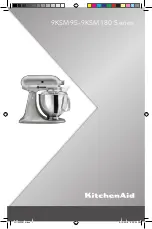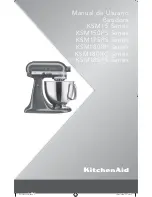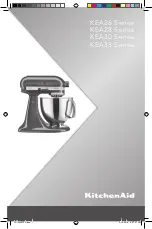
8
Chapter 1: Welcome to ProMix 01
ProMix 01 Getting Started Guide
ProMix 01 Secrets
The following points will help you take full advantage of ProMix 01.
•
Besides the DIGITAL REC OUT, inputs and outputs are analog.
•
The input channel INPUTs and STEREO OUT are balanced. All
other inputs and outputs are unbalanced.
•
On the PAN LCD function, ST OUT is a balance control, not pan.
•
When no plugs are inserted into the ST IN phone jacks, the 2TR
IN signals are fed through to the stereo input channel. This is in
addition to being fed through to the CUE/2TR IN switch. This
means that you can apply EQ, etc., to the 2TR IN signals. When
plugs are inserted into the ST IN phone jacks, however, this con-
nection is broken.
•
When SEND3 and SEND4 are configured as a stereo pair, an addi-
tional pan control is available on each input channel and a balance
control on the stereo input channel. These extra controls appear
on the SEND3-4 LCD function. In addition, a SEND3-4 output
balance control appears on the PAN LCD function. SEND3 and
SEND4 are configured as a stereo pair using the MASTER CON-
FIGURATION LCD function in the UTILITY menu.
•
If you press the [UTILITY] or [MIDI] button and an LCD func-
tion appears instead of a menu, press again to get the menu.
•
When the GROUP LCD function is selected, a post-fader mix of
the channels in the selected group can be monitored via CUE
(CUE mode must be MIX or LAST CUE, not ST FIX).
•
CH refers to input channels.
•
ST IN is the stereo input channel.
•
ST OUT is the main stereo output.
•
SEND1, SEND2, SEND3, and SEND4 are the four auxiliary sends.
•
RTN1 and RTN2 are the two auxiliary returns.
•
Effect1 and Effect2 are the internal effects processors.
•
COMP1, COMP2, and COMP3 are the dynamics processors. In
the ProMix 01 User Guides they are mainly referred to as dynam-
ics processors, since they offer more than just compression.















































